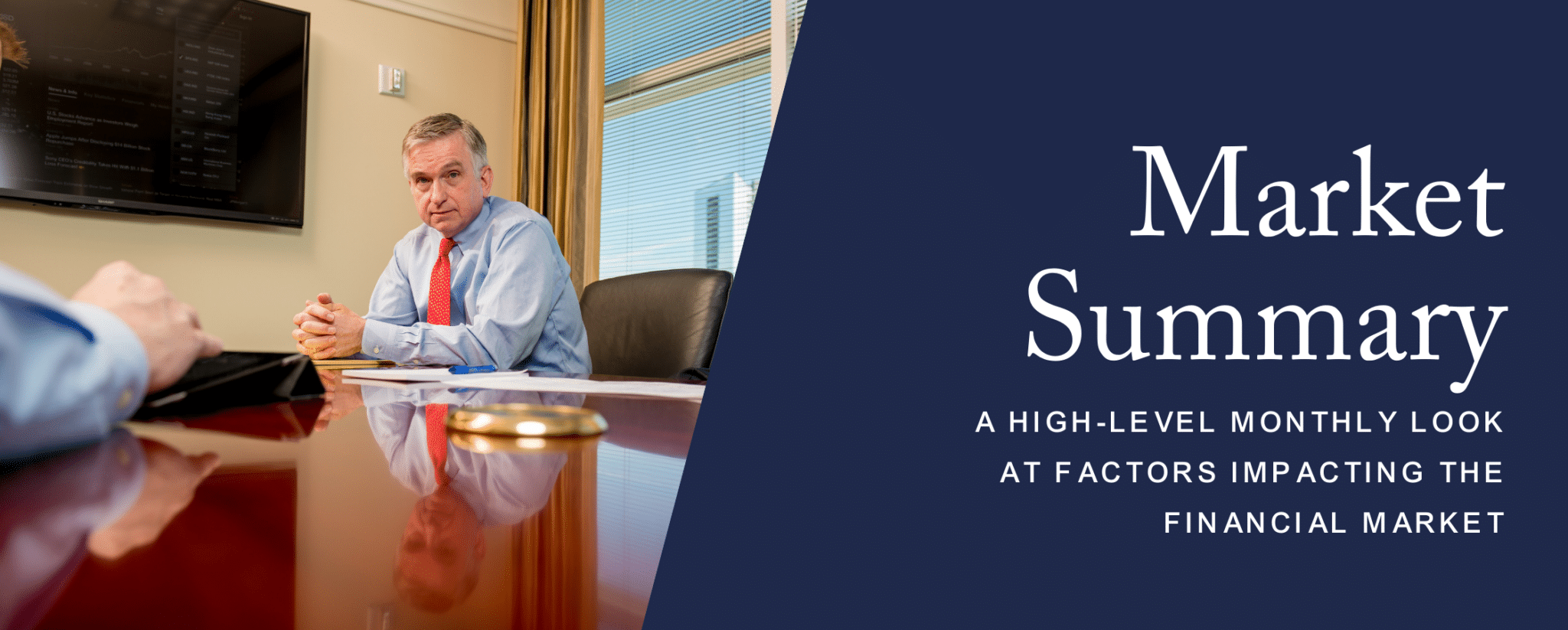
December 5, 2022
The U.S. stock market advanced for a second month in November as the 10-Year Treasury yield moved lower. Market expectations began settling on the idea that the Federal Reserve (“Fed”) could begin slowing its hiking pace in December after October’s softer than expected Consumer Price Index (“CPI”) report. The S&P 500 index climbed 5.6%, led by Materials (+11.8%) and Industrials (+7.9%). Energy (+1.3%) and Consumer Discretionary (+1.0%) were the lagging sectors. From a style perspective, value edged out growth across all market cap ranges for a second consecutive month. Mid-cap stocks were the best performing market cap range.
The U.S. economy and specifically the labor market continue to show resilience, which we believe means that the Fed still has some unfinished business. Many anecdotal data points suggest that inflationary pressures are easing, but wages and rents remain elevated and sticky. Despite these stubborn data points, the bond market, as viewed from both a yield curve and absolute yield perspective, appears to be preparing for an economic storm. The curve has inverted significantly (-70 basis points as measured from 2’s to 10’s) and the 10-year yield sits at 3.5%, down from 4.2% in early November. We believe the risk of a hard economic landing continues to increase with each strong employment report and hot inflation report because such data points, should they persist, will pressure the Fed to stay the course with its tightening.